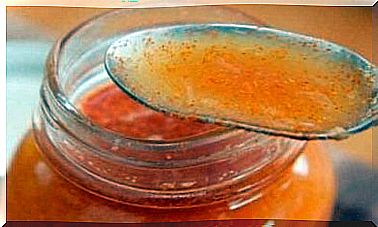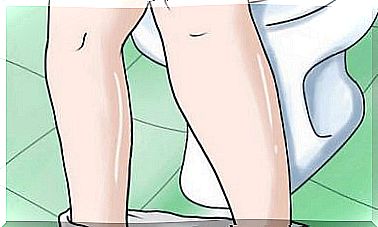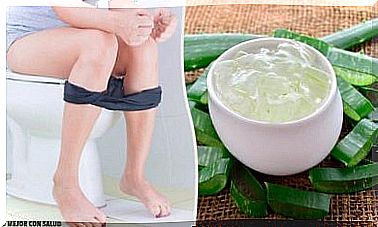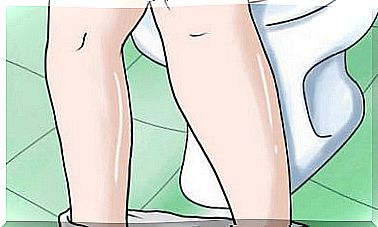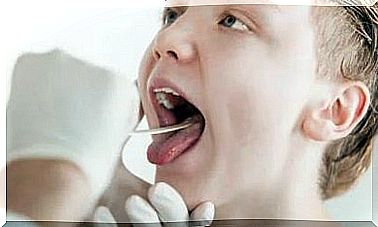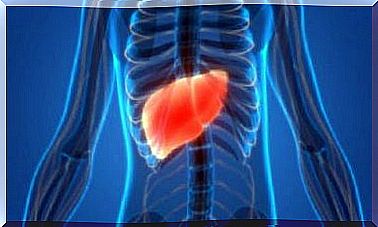Treatment For Postpartum Urinary Retention
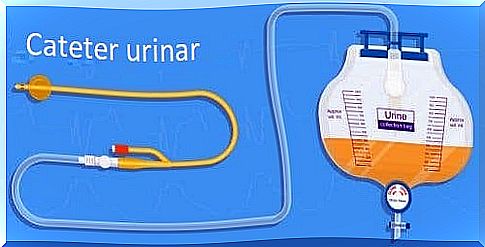
Postpartum urinary retention is the inability to excrete urine spontaneously 6-12 hours after natural birth. The most common cause of this is the lack of relaxation of the pelvic floor. Painful episiotomies or vaginal birth can make the problem worse.
For this reason, it is important to maintain adequate analgesia and to take all necessary precautions. Thus, the pelvic floor will relax and the patient will be able to urinate.
Types of postpartum urinary retention

Postpartum urinary retention can be classified into:
- Symptomatic retention: Urination is accompanied by pain.
- Asymptomatic retention: In this case, doctors diagnose postpartum urinary retention based on the presence of a high residual volume after urination. This volume must be greater than or equal to 150 ml after spontaneous urination on the first day of the postpartum period.
Risk factors for postpartum urinary retention
There are several factors that increase the risk of developing postpartum urinary retention. But their presence does not mean that a patient will surely suffer from this problem, but only that her predisposition is increased. These factors are:
- The second and third stages of labor were too long.
- The birth was natural and assisted.
- Epidural anesthesia was administered.
- The patient is a mother for the first time.
At the same time, specialists consider episiotomy and birth weight as risk factors for asymptomatic urinary retention. Early detection of these factors is important because it allows doctors to take preventive measures to reduce side effects of childbirth. In addition, it helps them establish an appropriate treatment so that the bladder can function normally again.
Diagnosis of postpartum urinary retention
In most cases, postpartum urinary retention is diagnosed only when it is symptomatic – that is, when the patient fails to excrete urine 6-12 hours after birth.
Types of treatment for patients with postpartum urinary retention
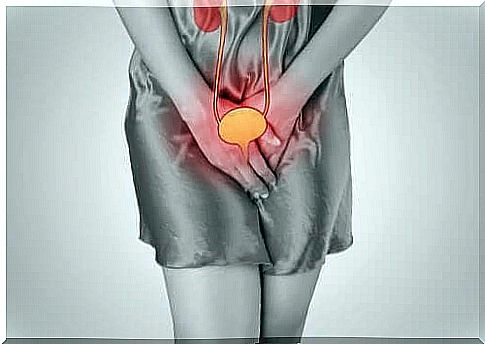
Patients who have had a normal or assisted natural birth should urinate within the first 12 hours after labor. For patients who have given birth by cesarean section, urination should take place in the first few hours after removal of the Foley catheter – in other words, 12 hours after the operation.
If the patient does not urinate within the indicated time, doctors will prescribe treatment with analgesic and anti-inflammatory drugs. The patient will also need to undergo intermittent catheterization. Thus, doctors will be able to check and evaluate the volume of diuresis to adjust its water intake.
If there is no spontaneous urination in the next 3-4 hours, a secondary intermittent catheterization with a disposable catheter will be attempted. If the patient cannot urinate voluntarily even after the second operation, she will have to undergo the third one. But doctors will insert a Foley catheter this time, which will be used for a week.
The patient must pinch the catheter to close it and open it whenever she feels the need to urinate. But this sensation may be absent, which is why the patient should open the catheter every 3 hours to empty her bladder. She will be discharged before the catheter is removed.
Are medications useful?
Doctors may prescribe medication to prevent complications in patients with Foley catheters. Options include:
- Phosphonicine 3 g in granular form (the patient should take this medicine once every 72 hours while using the catheter)
- Anti-inflammatory drugs to reduce local inflammation
conclusions
At birth, it is essential to administer and maintain optimal analgesia and to take appropriate measures to prevent postpartum urinary retention and other complications.
There are effective measures, based on the use of catheters, to treat the inability to urinate spontaneously after a natural birth. Consult your doctor to find out what risk you have of developing this complication and what treatments are available to reverse it.

